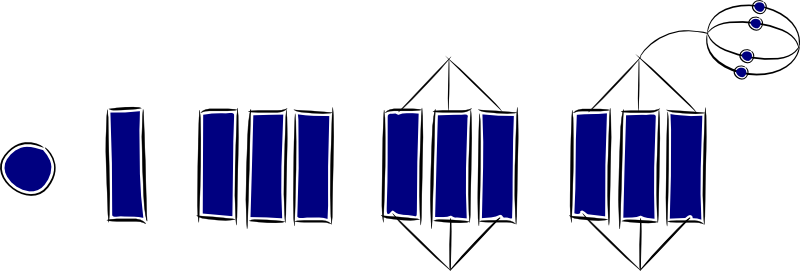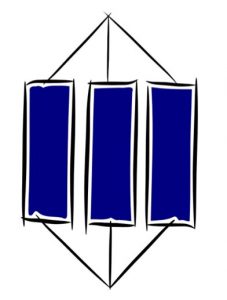SOLO Taxonomy is used as a learning tool for topic planning, student self-reporting on depth of knowledge & understanding, and assessment for learning. This is how we measure the level of a learner’s understanding, thinking and/or skills, and is how we help them identify their next steps in learning in the junior school. e-asTTle testing questions are also based on SOLO Taxonomy.
In the senior school, NCEA assessments are aligned with SOLO. NCEA internal and external assessment standards are designed with SOLO in mind with achieved aligning to multistructural, merit aligning with relational and extended abstract aligning with excellence.
SOLO stands for “Structure of Observed Learning Outcomes”. SOLO taxonomy is not new, but has been used in New Zealand classrooms since its development in 1982. It is a flexible, well established and researched-based tool for creating deeper learning which is used from early-childhood to university level.






